
6 Body Parts That Turn Black May Signal Cancer — Don’t Ignore Them
Our bodies often give us early warnings when something is wrong. Unfortunately, many people overlook these subtle signals, dismissing them as minor or temporary issues. One of the most concerning warning signs is a change in skin color, especially when certain parts of the body begin to darken or turn black without an obvious reason. While darkening can sometimes be harmless, in some cases, it may indicate serious health problems, including cancer. Below are six body parts that may turn black or unusually dark, and what those changes could mean. Paying attention to them could save your life.
1. Lips
Healthy lips usually have a natural pink or light red tone. If your lips begin to turn dark purple, brown, or black, it could be a warning sign of poor circulation, smoking damage, or, in rare cases, lip cancer or melanoma. Persistent dark spots or patches that do not fade over time should always be examined by a doctor. If you also experience dryness, cracking, or swelling, it’s even more urgent to get a medical check-up.
2. Fingernails or Toenails
Discoloration under the nails—especially if a single nail turns dark brown or black—can sometimes signal subungual melanoma, a type of skin cancer that develops under the nail. Many people mistake it for a bruise or fungal infection, but if the dark line or patch spreads, changes shape, or causes pain, you should seek immediate medical attention. Early detection is key to successful treatment.
3. Neck and Armpits
When the skin around your neck or armpits turns darker, thickens, or becomes velvety in texture, it might indicate a condition called acanthosis nigricans. While not cancer itself, this condition is often linked to insulin resistance and hormonal imbalance—both of which can increase the risk of pancreatic or liver cancer. Maintaining a healthy weight, reducing sugar intake, and getting your blood checked regularly can help control this condition and reduce future risks.
4. Gums or Inside of the Mouth
Your mouth is a window to your overall health. If you notice dark spots, patches, or lesions inside your mouth, on your tongue, or along your gums, it could be a sign of oral melanoma or other precancerous conditions. Smokers and heavy drinkers are at higher risk. If any patch does not heal within two weeks, visit a dentist or oncologist for a biopsy.
5. Moles or Skin Spots
A mole that darkens suddenly, becomes irregular in shape, or changes color could be a sign of skin cancer (melanoma). Many people ignore these changes, thinking they are part of aging or sun exposure. However, a mole that looks different from others—especially one that itches, bleeds, or expands—should never be ignored. Early melanoma is often curable, but advanced cases can spread rapidly to other organs.
6. Genital Area
Dark patches or black spots in the genital area may feel uncomfortable to discuss, but it’s important not to ignore them. Sometimes, these darkened areas result from friction or hormonal changes, but persistent discoloration or irregular lesions could signal vulvar or penile cancer. Early screening and medical evaluation are crucial, especially if you also notice pain, bleeding, or changes in skin texture.
Final Thoughts
Our skin and body color changes for a reason. While not every dark spot means cancer, persistent, unexplained discoloration should never be ignored. Paying attention to these six areas can help you detect early signs of illness before it’s too late.
Remember, your body whispers before it screams—so listen to it. Early detection, a balanced diet, and regular medical check-ups remain your best defense against cancer and other chronic diseases. Don’t ignore what your body is trying to tell you; it might just save your life.
News in the same category


The Amazing Power of Caesalpinia pulcherrima (Peacock Flower)
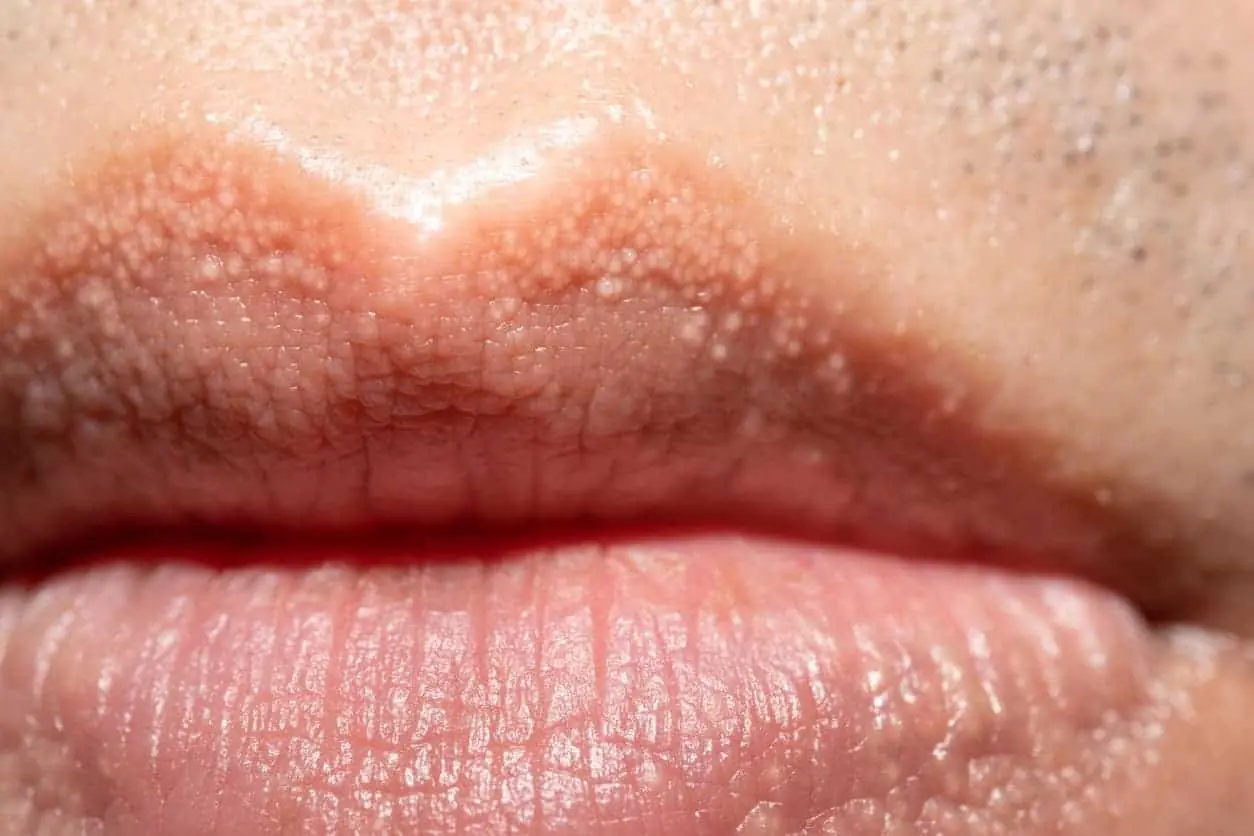
White Bumps or Spots on Lips: Causes and Effective Treatments

Corn Silk: 30 Health Benefits and How to Use It

Turmeric Dosage: How Much You Actually Need for Arthritis, Cancer, and Other Diseases
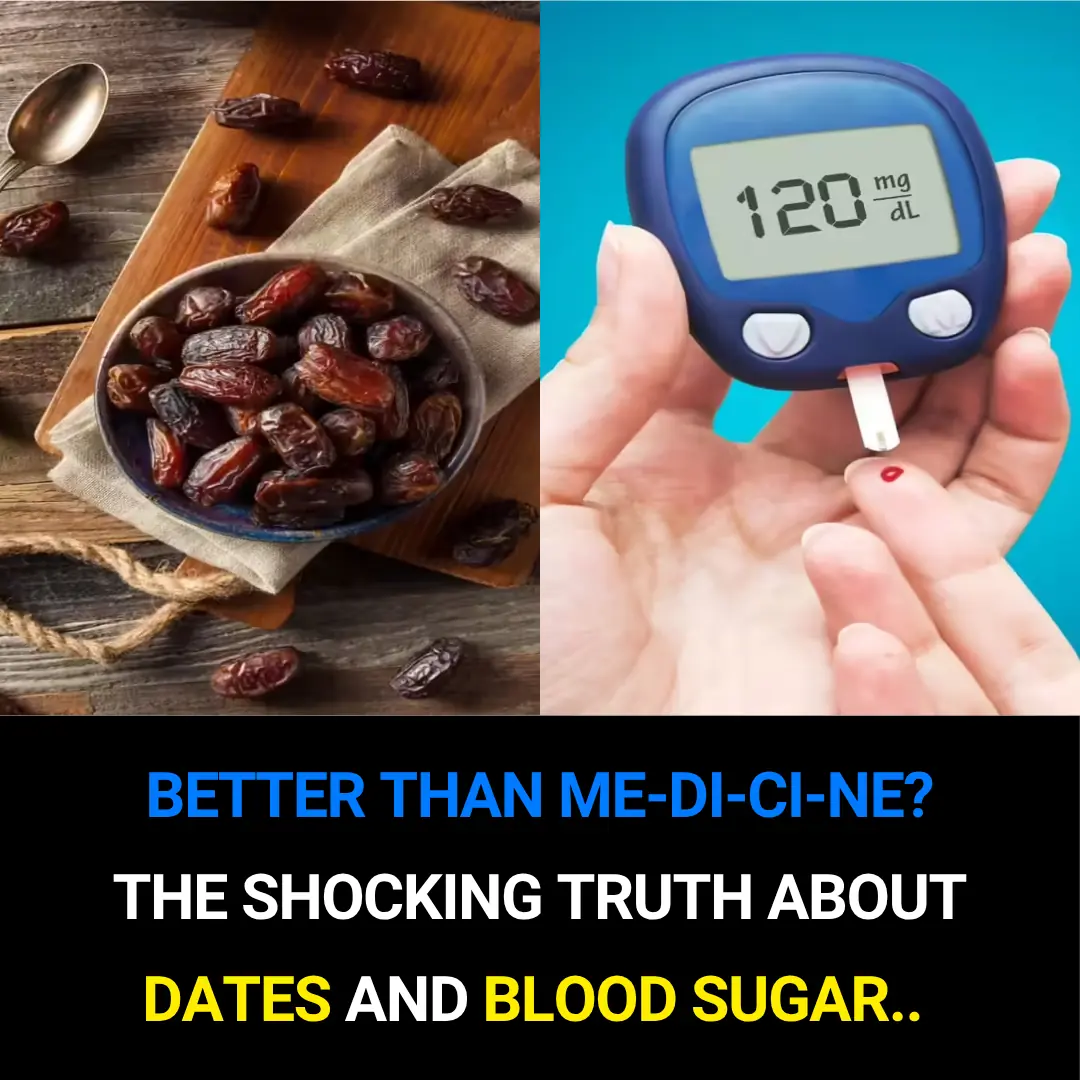
Better Than Medicine? The Shocking Truth About Dates & Blood Sugar!

7 Nuts You Should Eat for Better Health (and the #1 Nut You Should NEVER Touch)
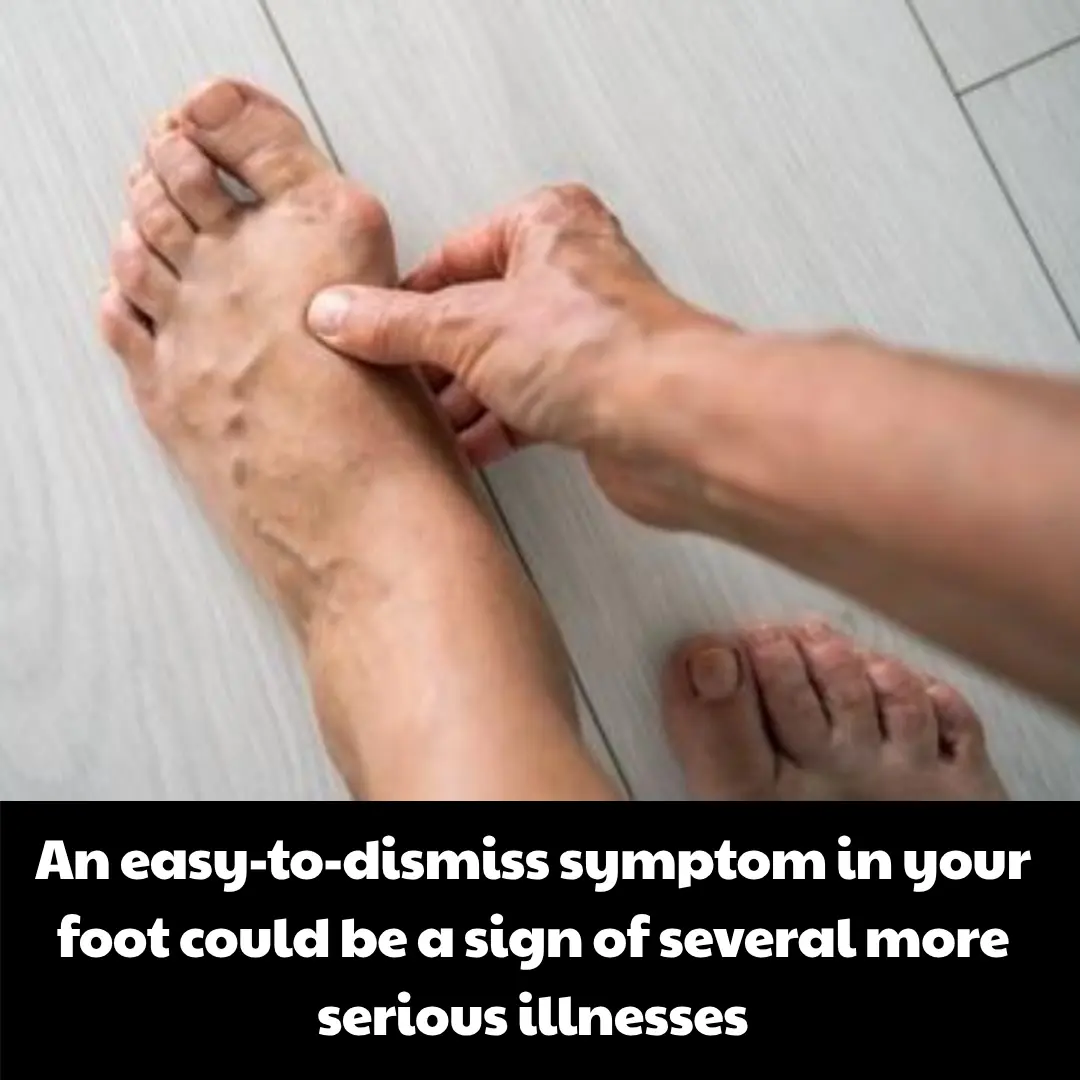
An easy-to-dismiss symptom in your foot could be a sign of several more serious illnesses

Doctor reveals 5 powerful snacks that help your body fight cancer and disease
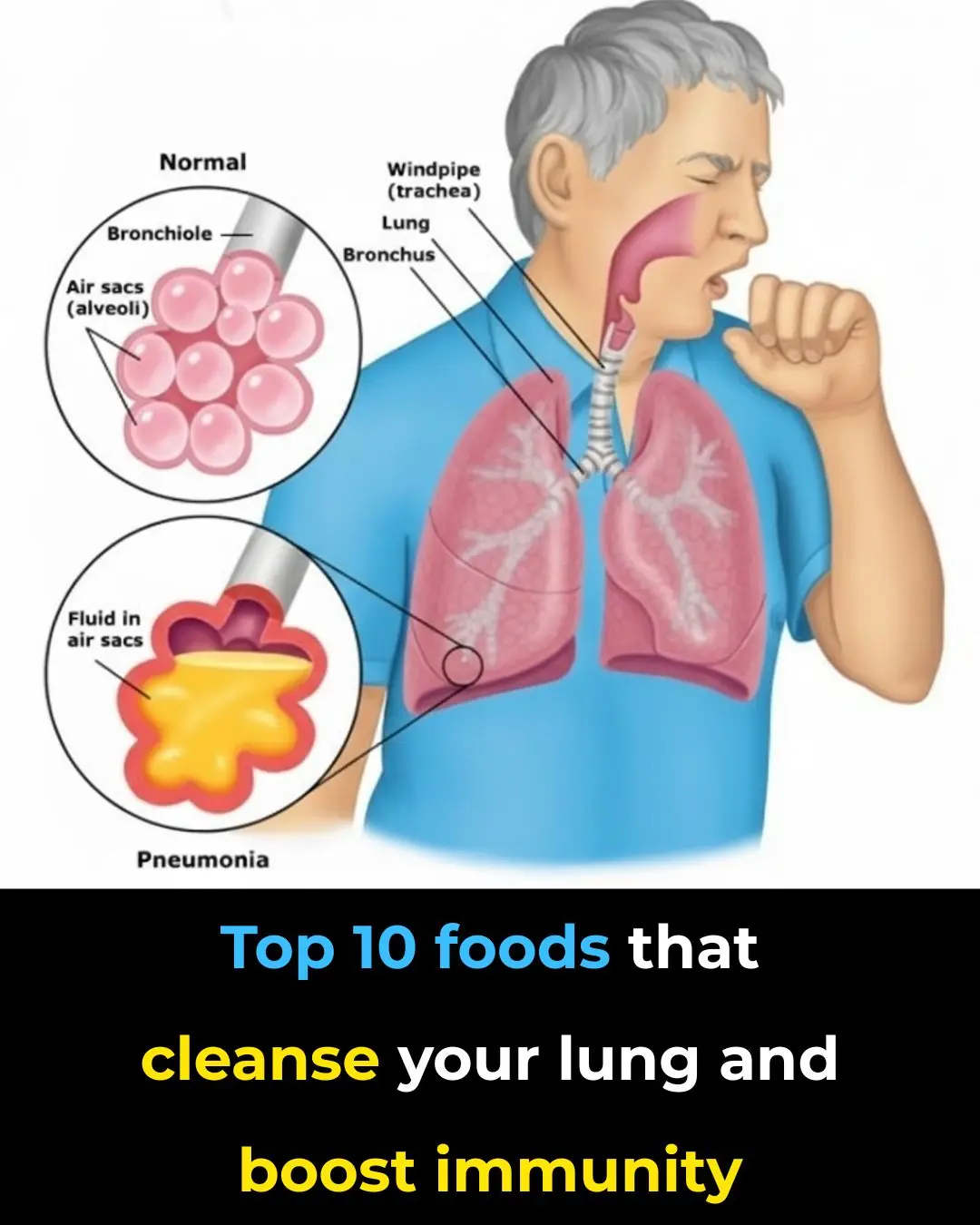
The Most Effective Foods to Cleanse your Lungs (Research Based)

Starve cancer cells: the ultimate guide to foods that fight and feed cancer
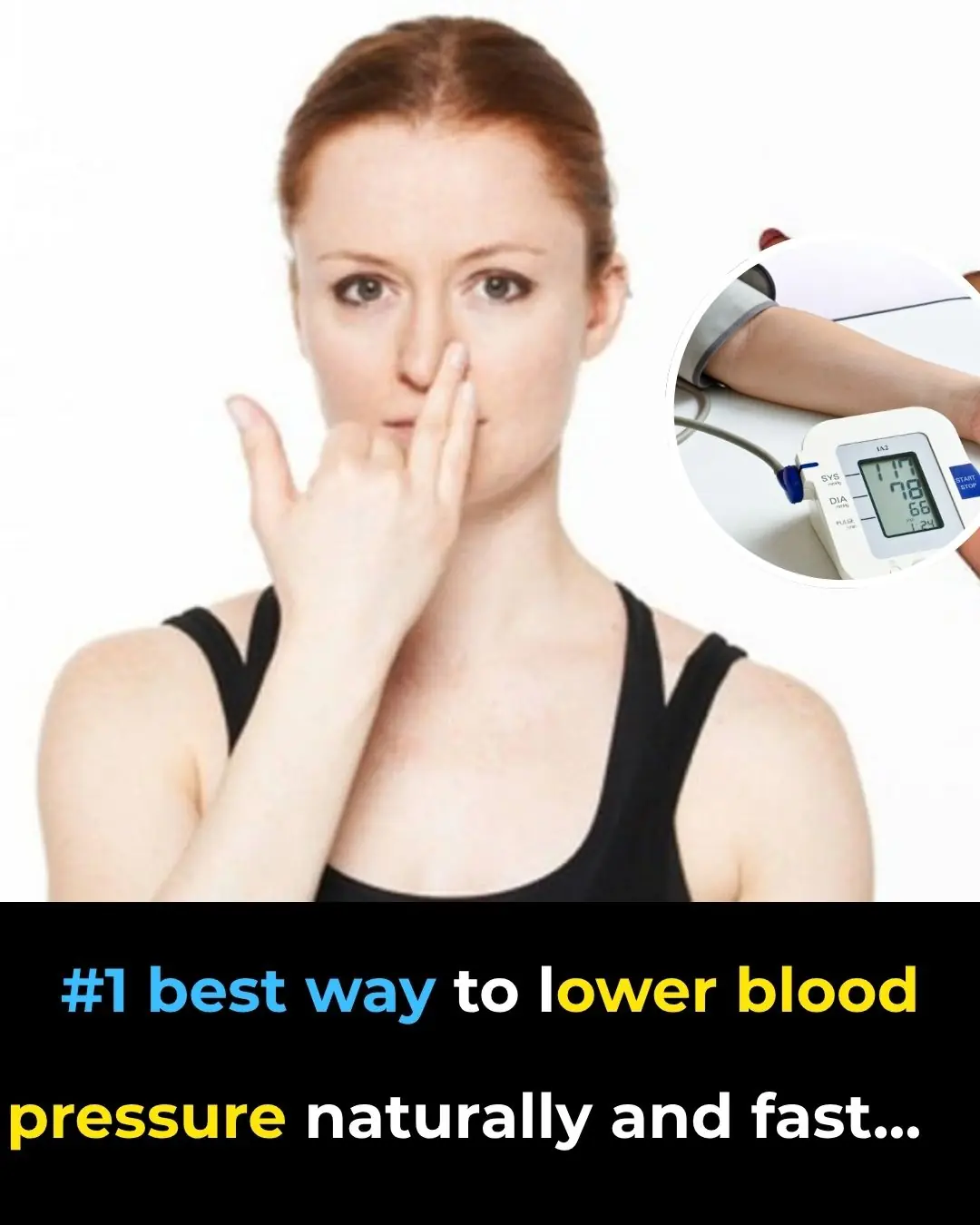
#1 Best Way to Lower Blood Pressure Naturally and Fast

🍋 Don’t Throw Away Lemon Seeds & Peels — Here’s How to Use Them Safely

Carrot, Ginger Juice Recipe Drink this regularly and you'll notice incredible changes in your body: 5 amazing benefits of this beverage 👇

Eat more, weigh less? 5 surprising ways foods can help you burn fat

What really happens to your body when you take LOSARTAN

Stop Eating Eggs Immediately If Your Body Shows These 8 Signs

Sarcopenia: Causes of Muscle Loss and How to Regain Strength

Yarrow: A Timeless Herbal Ally with Amazing Health Benefits
News Post

You’re Doing It All Wrong. Here’s the Right Way to Store Knives

You’re Doing It All Wrong. Here’s the Right Way to Make a Bed

You’re Doing It All Wrong: The Right Way to Clean Shower Glass

Most Do This Wrong: 10 Everyday Habits That Make Mold Grow Faster

Playwright August Wilson Posthumously Honored With Star on Hollywood Walk of Fame

Meet James West, The Black Man Who Invented The Electret Microphone

‘They Described a Man I Never Met’: Comedian Roy Wood Jr. Tells Shannon Sharpe He Learned To Love Watching How His Absent Dad Treated Another Family

This Brewery Is The Only Black-Owned Brewery In New York Brewing Its Beer On-Site

Joseph Deng Makes History as First Player From South Sudan to Sign a Professional MLB Contract

Meet The Specks, the Black Brother-Sister Duo Who Invented the Potato Chip

Meet Mr. & Mrs. Grady, Owners Of North Carolina’s Only Black-Owned Whole Hog Barbecue Smokehouse

Negro History Week: Here’s the True Story Behind Black History Month

Buckingham Palace statement in full as King Charles removes Prince Andrew’s title

Has the Bermuda Triangle Mystery Finally Been Solved

Put the entire roll of toilet paper in the refrigerator

4 Types of Shoulder Pain That May Signal Dangerous Cancer — Don’t Mistake Them for Simple Joint Problems

Serrated Leaf Motherwort: A Precious Herb with Many Benefits

Banana flowers and their little-known uses
